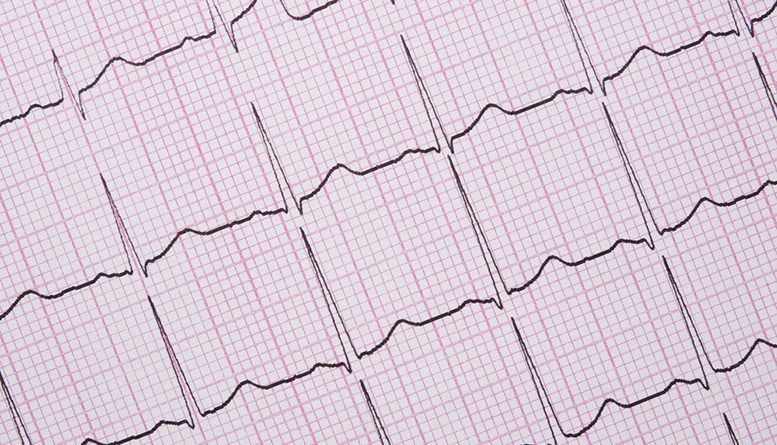Many things can lead to a heart attack or myocardial infarction, but the primary cause has always been clear: the narrowing of the arteries in the heart. There are numerous risk factors associated with myocardial infarction, including high LDL cholesterol (“bad” cholesterol) levels, hypertension (high blood pressure), diabetes, a family history of heart disease, as well as lifestyle habits such as smoking. Myocardial infarction causes and risk factors must be heeded as preventing a heart attack is very much possible even when you are a high-risk individual.
What Is Myocardial Infarction?
When a heart attack transpires, patients typically report experiencing symptoms such as heart pain, breathlessness, cold sweats, nausea, and vomiting. Some individuals also experience a sensation of extreme pressure on their chest in addition to pain.
Those who don’t necessarily exhibit any of these signs may show other symptoms like an aching jaw, heartburn, nausea, difficulty breathing, and sharp pain in their shoulders or arms. Furthermore, pain can also begin in the chest and then migrate to the other areas of the upper body like the shoulders, neck, back, or jaw. If you find yourself exhibiting any of these symptoms, particularly coupled with heart pain, seek medical care immediately.
How Does Myocardial Infarction Occur?
When one is experiencing a heart attack, the arteries that transport the heart with the needed oxygen get obstructed. Over a course of time, coronary arteries can get tighter due to the accumulation of cholesterol. A plaque can burst, leading to the formation of a blood clot which can then restrict blood flow.
A contraction of a coronary artery can also result in myocardial infarction, which blocks the regular blood flow to a section of the heart tissue. Cocaine, for instance, is a stimulant that is capable of inducing such a contraction. This contraction or spasm can occur in an artery of an individual who may or may not have coronary artery disease. A heart attack is, in fact, the last step in a process that is typically several hours long. The good news is that if the blood flow to the heart can be restored promptly, the heart can only get damaged to a limited degree. Microvascular disease, which is more common among women, can also cause myocardial infarction.
Why Does Myocardial Infarction Occur?
There are a number of risk factors linked to myocardial infarction. Some of these are having high LDL cholesterol, hypertension, too much stress, diabetes, being overweight or obese, a lack of physical activity, as well as having a diet rich in fats and carbs and low in vegetables and fruits.
Additionally, a family history of cardiovascular disease and myocardial infarction also increases one’s risk of heart attack. If you have a close family member who has heart disease or has suffered a heart attack, your chances of myocardial infarction also increases. It is also worth mentioning that other conditions closely linked with heart disease and myocardial infarction are also genetic such as high blood pressure. It is critical to remember that a sedentary lifestyle coupled with an unhealthy diet usually results in poor cholesterol levels and weight issues. Individuals who exercise regularly and eat a healthy diet also typically keep their heart in shape and healthy. Moreover, physical activity also helps in controlling hypertension.
Preventing Myocardial Infarction
To keep a heart attack at bay, you must quit smoking if you are a smoker, adopt a healthy diet high in vegetables and fruits, keep your blood sugar under control if you have diabetes, reach an ideal weight if you are overweight, and of course, manage your stress level.
Featured Image: Depositphotos/© dndavis




